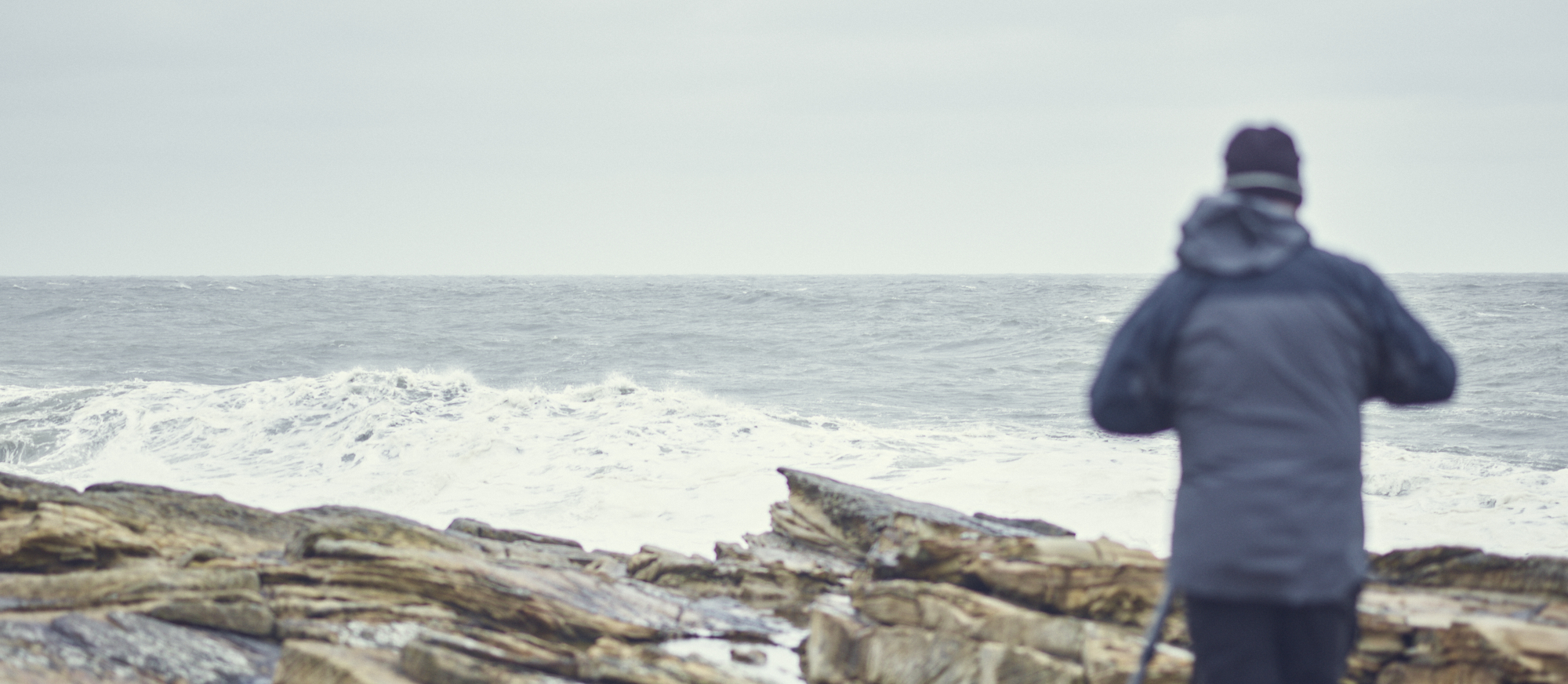
Andrew Groom is a landscape photographer based in the South East of England. We met each other a few years ago when Andrew was looking to adapt his Mamiya RZ Pro II D to take a Phase One digital back. Since then Andrew’s system/s have changed considerably. In some sense he has taken a circular journey back to the manual and contemplative practice he had when he started out with large format analog cameras, though now with a top-end digital approach.
We felt that this journey was worthy of telling, so we asked Andrew some questions about his photography background, and the steps he has taken into digital medium format.
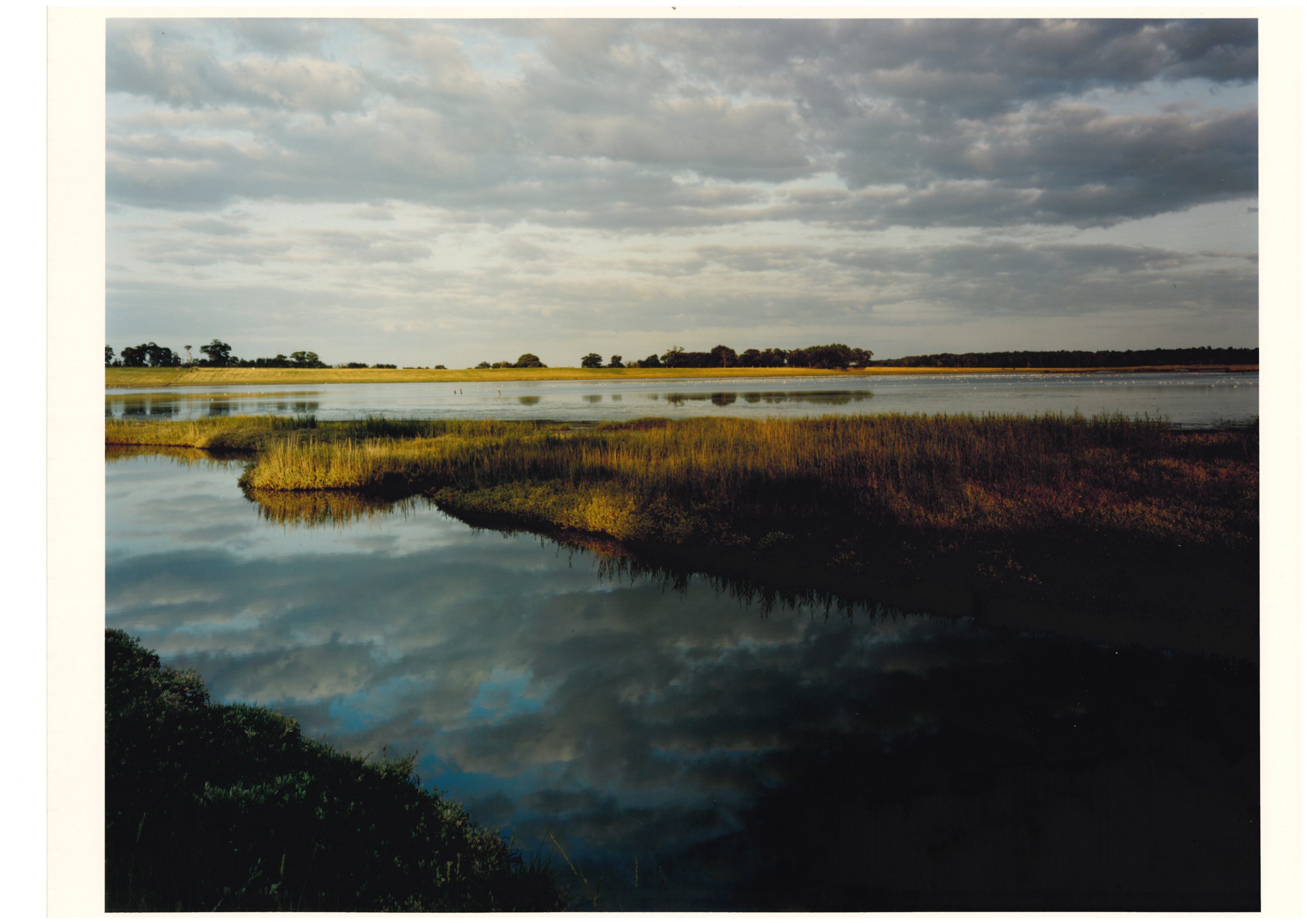
Going back to the beginning, what initially peaked your interest in large format photography?
“We used to holiday as a family most years in North Norfolk. I came across the work of a photographer from that region called Harry Cory-Wright, and saw that he was using a 8×10 camera. I was inspired by his amazing large prints to start working in the same way.”
“Over time I realised that an 8×10 camera is great if you can photograph from just behind your car. The medium format epiphany and transition came after I wrecked myself and a ground glass carrying a 8×10 field camera into and out of Sandwood Bay in Wester Ross. The resulting prints made with a 8×10 camera were fabulous but the physical challenge became daunting. This led me towards medium format, and I sought out and bought a second hand Mamiya RZ67.”
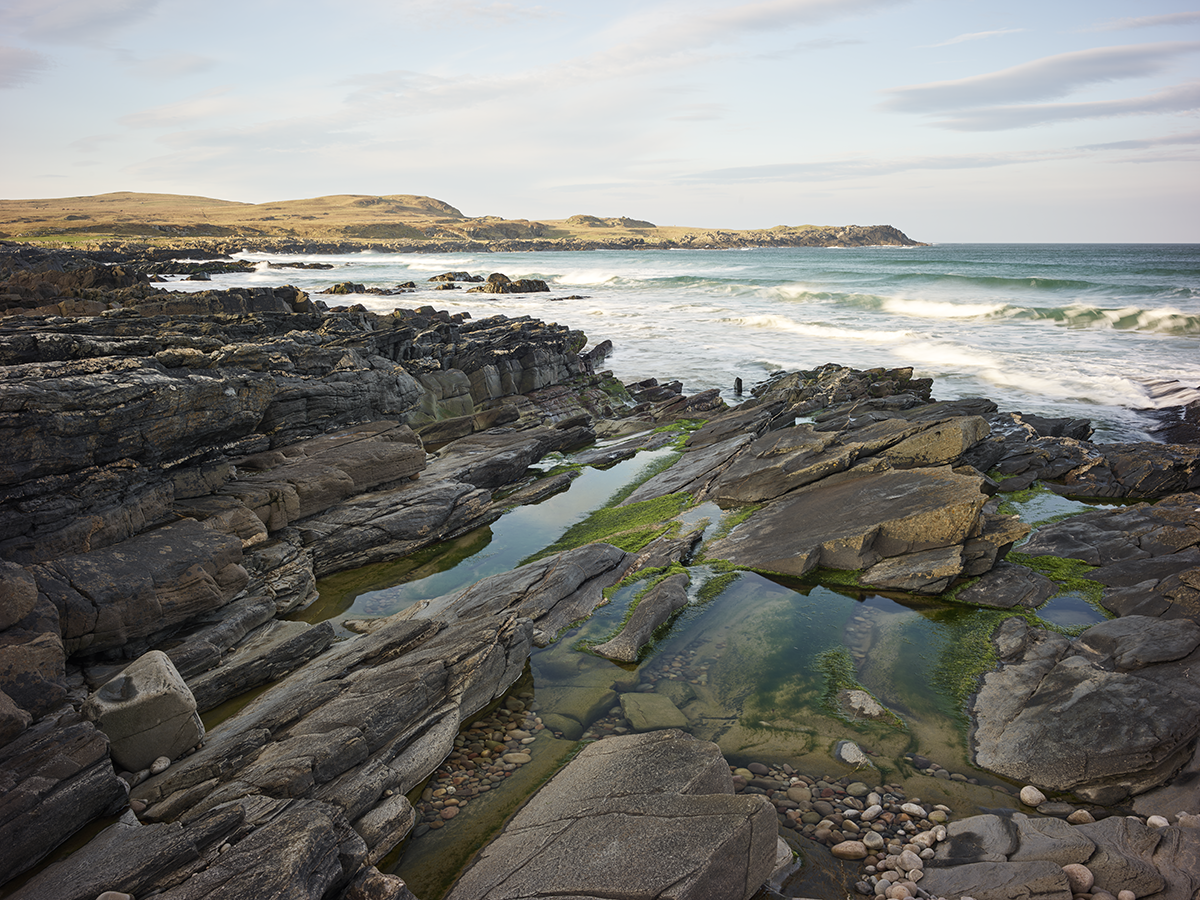
“I had watched with interest the development of Phase One and Leaf digital backs over time. As technology progressed I started thinking about replacing the Mamiya Roll Film Holder with a digital back. I remember a Joe Cornish video I found on YouTube where he was using a P45+ on the back of a couple of different cameras; a Hasselblad 500 series body and a technical field camera. I was drawn to this flexibility, and some time later I started discussions with Teamwork to work through the reality of putting a digital back onto the RZ67.”
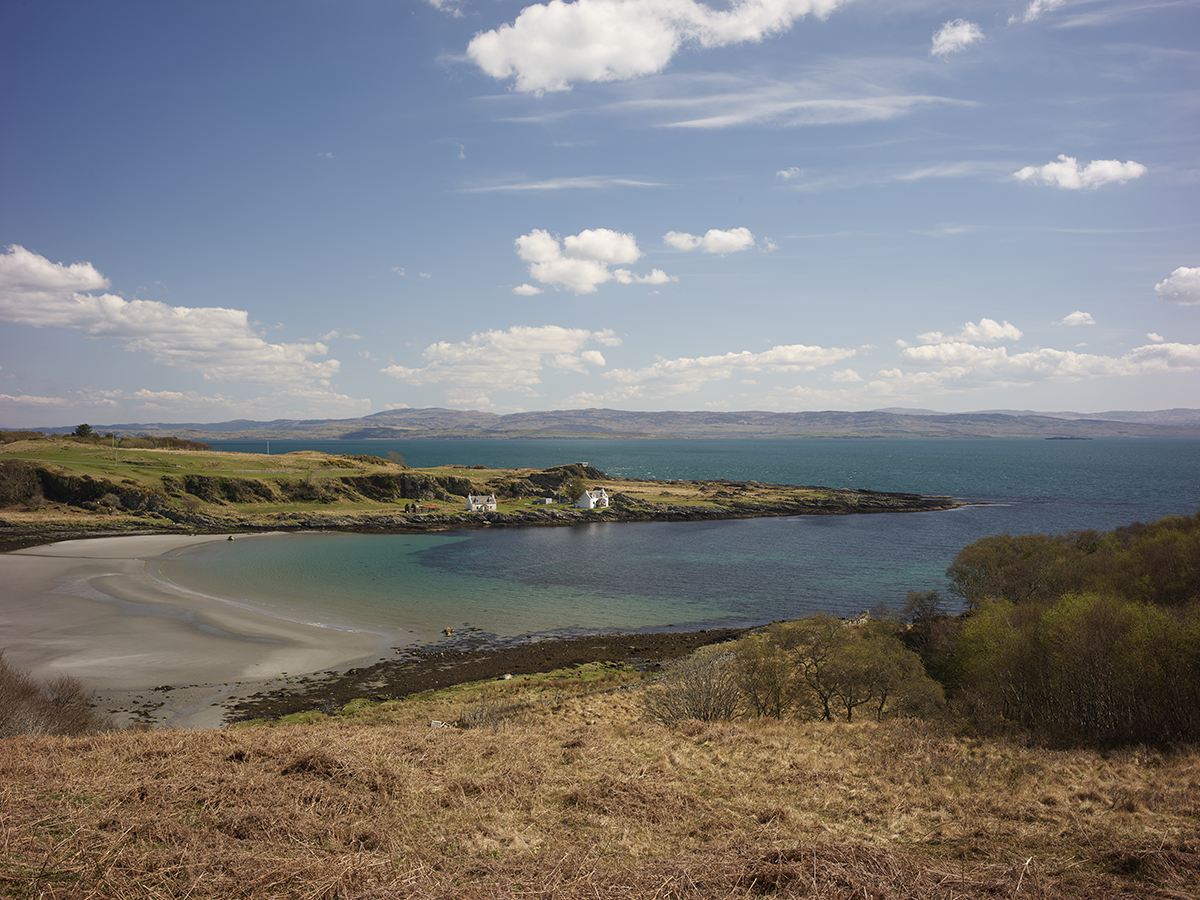
So in light of this journey, what systems are you now using?
“I still have and enjoy the Mamiya RZ67, but I now use it solely as a film camera. I have a Phase One IQ4 150MP, which I use on the Phase One XF and, as of recently, a Cambo WRC-400.”
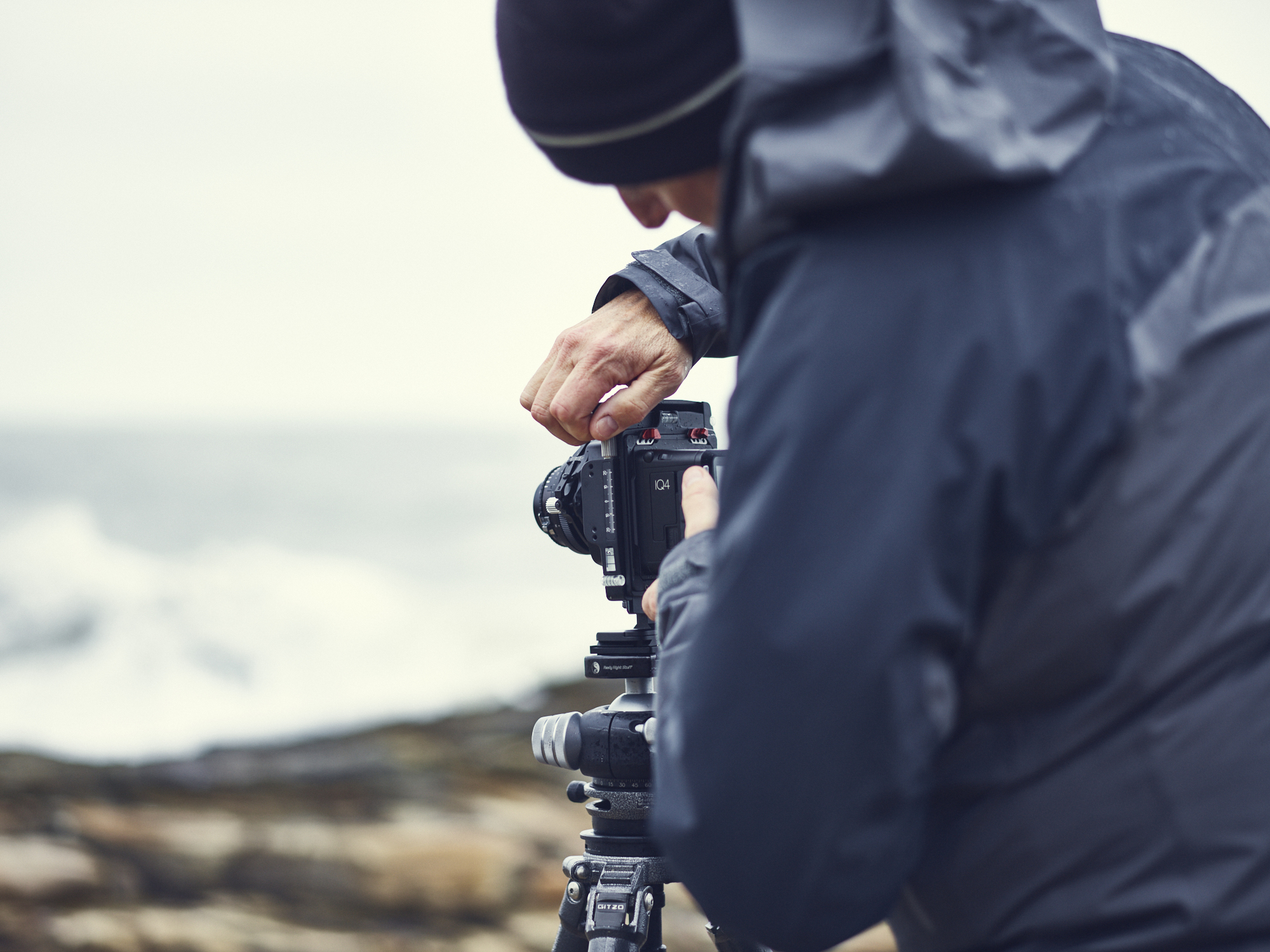
“I use the XF system in a very simple mode, rarely straying outside a sweet spot aperture of f11. Since Teamwork kindly calibrated my wider primes using the hyperfocal tool, for many situations focus is a one button operation. I use the Electronic Shutter in the IQ4, which means no mechanical movement or vibration. This is all very intuitive and leaves me free to concentrate purely on composition. If long exposure is your thing, which it often is for me, the IQ4 150MP is a game changer. Alongside the ability for 1 hour and longer exposures, I now have Frame Averaging, which sees a lot of use, and means much less need for additional filters. I never had this type of functionality until I started using a Phase One digital back.”
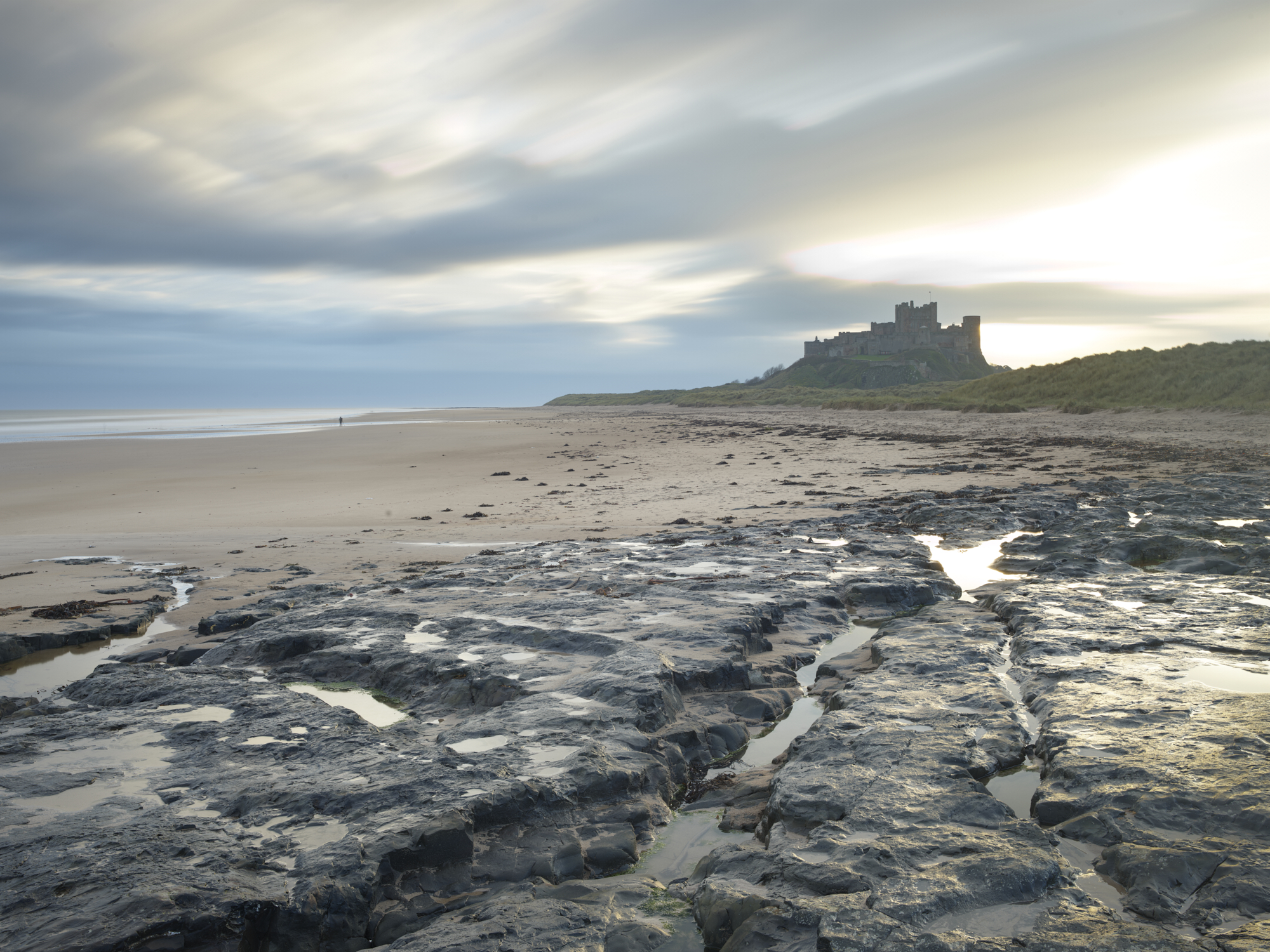
How has using a technical camera like the Cambo WRC-400 enhanced your process?
“The Cambo WRC-400 has led me to rediscover tilt, shift, rise and fall. These movements allow for shots I would achieve only with the Focus Stack tool on the XF. I have done this, but the need for post-processing in Capture One/Helicon is less refined, and a very different process to controlling focus manually through the technical camera.
Logistically, the Cambo WRC-400, the IQ4 150MP and a couple of lenses is a much lighter kit than my XF, so it has become my go to travel kit. I don’t have the range of focal lengths using this set up compared to the XF, but I have recently started using the Cambo adapter that allows me to use my XF lenses on the WRC-400, which is a useful crossover between my two systems.”
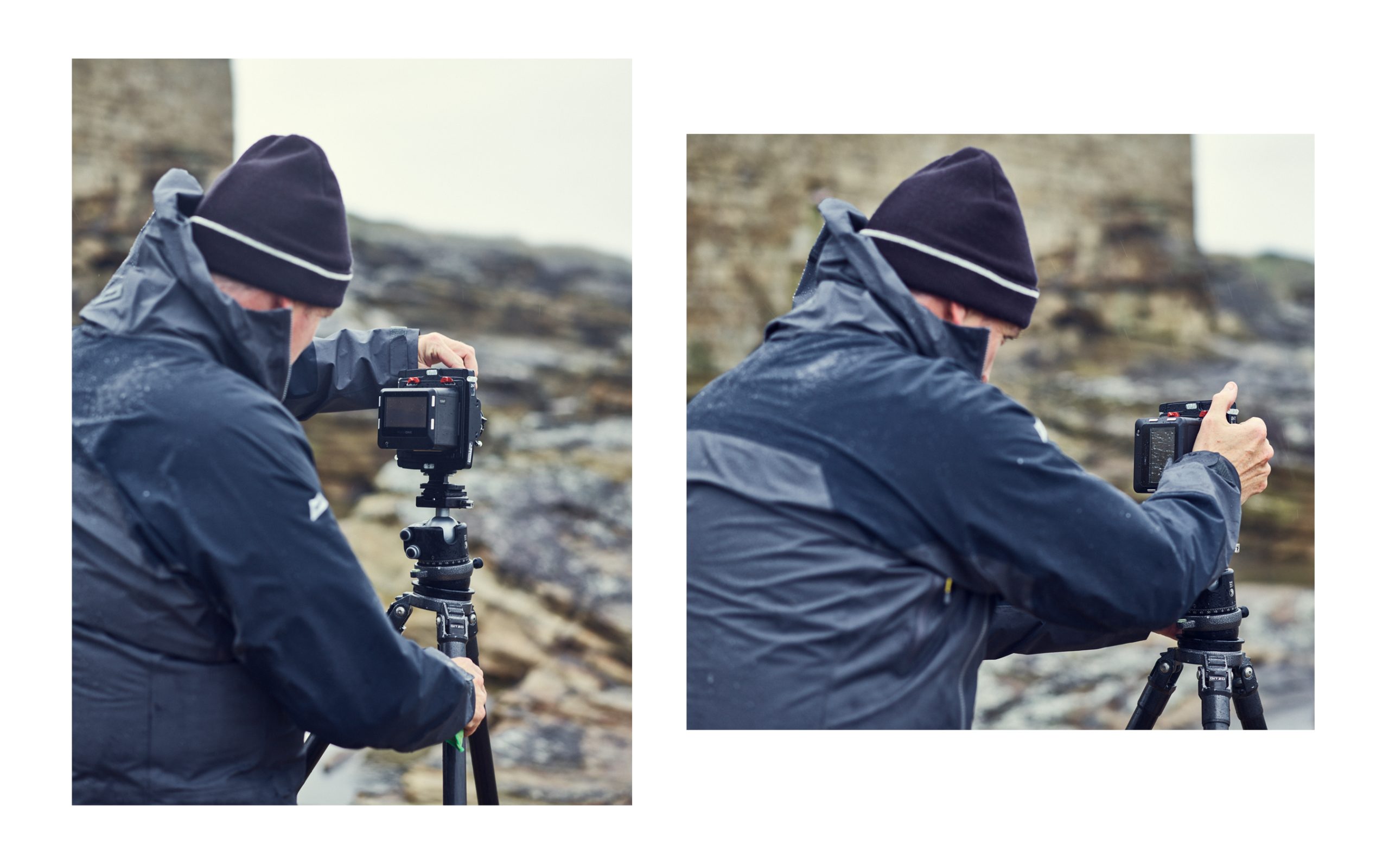
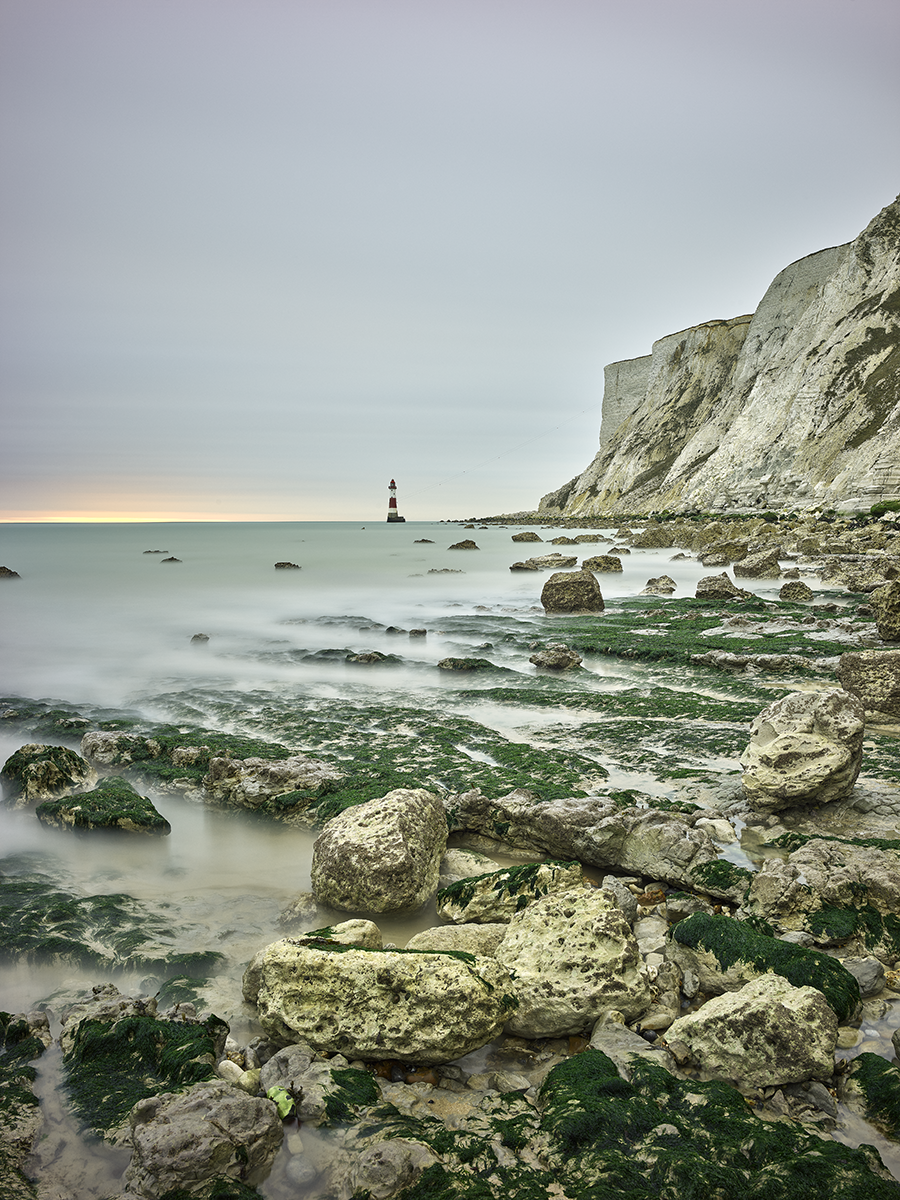
“I really enjoyed the challenge of using 10×8 cameras, but results aside the control a technical camera and a digital back provides is unbeatable. When I started using 10×8 cameras, digital backs at the time had to run tethered to laptops so weren’t viable beyond the studio. What we have now is incredibly flexible.
An 8×10 field camera can – if your practice is good – produce unbelievable detail, but now with the IQ4 150MP I can get very close to this level of detail. I produce similar large prints that really draw you in, but the big advantage for me are tools like Dual Exposure+ and Frame Averaging that hugely increase dynamic range, and give you so much more control over the image when processing.
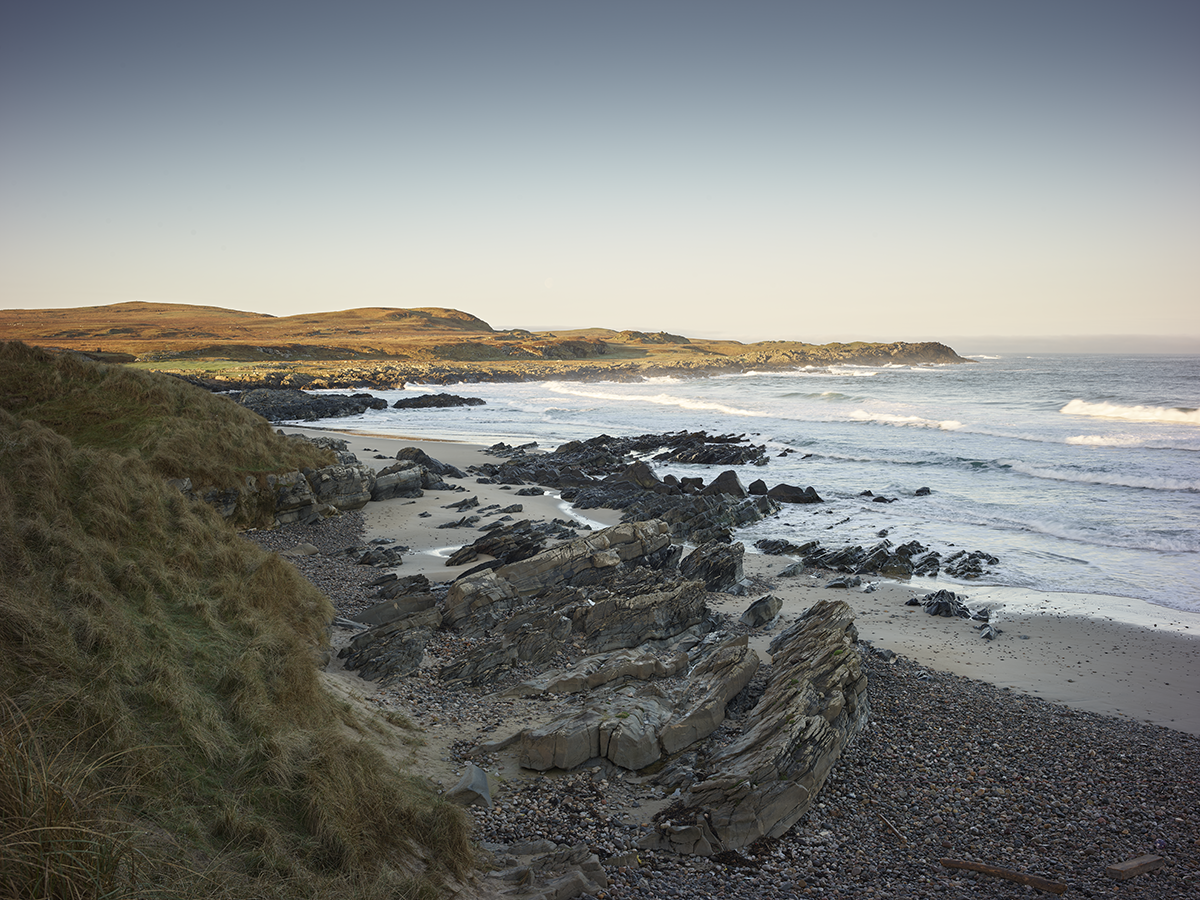
Who, what or where inspires you as a photographer?
“Colin Prior is a big inspiration. Harry Cory Wright who I’ve already mentioned, and of course Joe Cornish. Recently I have bought a Paul Wakefield book, and I find his shoreline work among the rocks incredible. In terms of where, a day at the coast without time pressure (imagine that?) is fairly inspirational in itself.”

We love technical camera systems at Teamwork. Whether using with a digital back or a mirrorless camera, it is an elevated practice which leads to a more contemplative approach.
We love to demystify technical photography, so if you’re interested in Andrew’s journey, and wondering about treading a similar path, contact our team to start a conversation about what’s possible.

